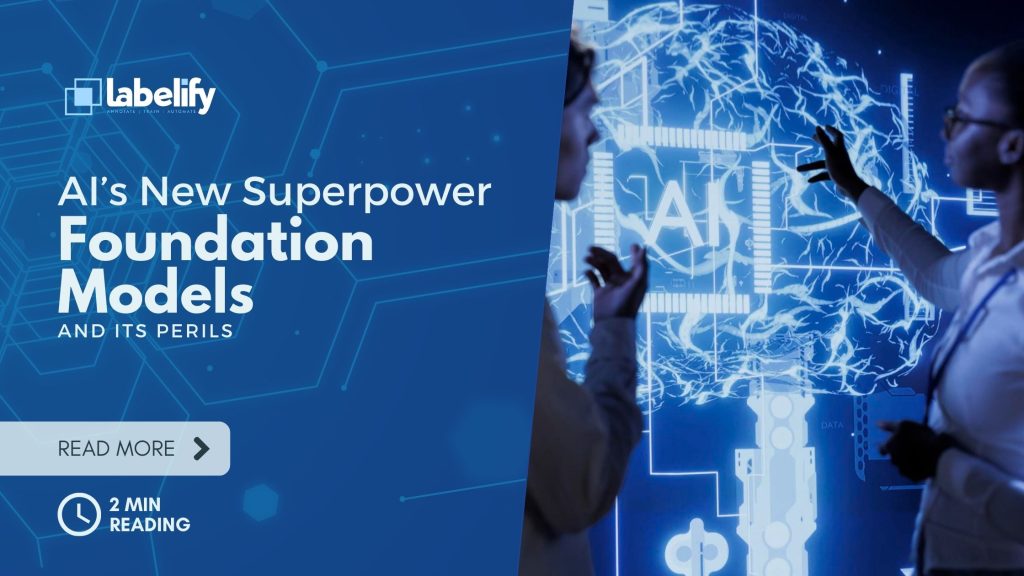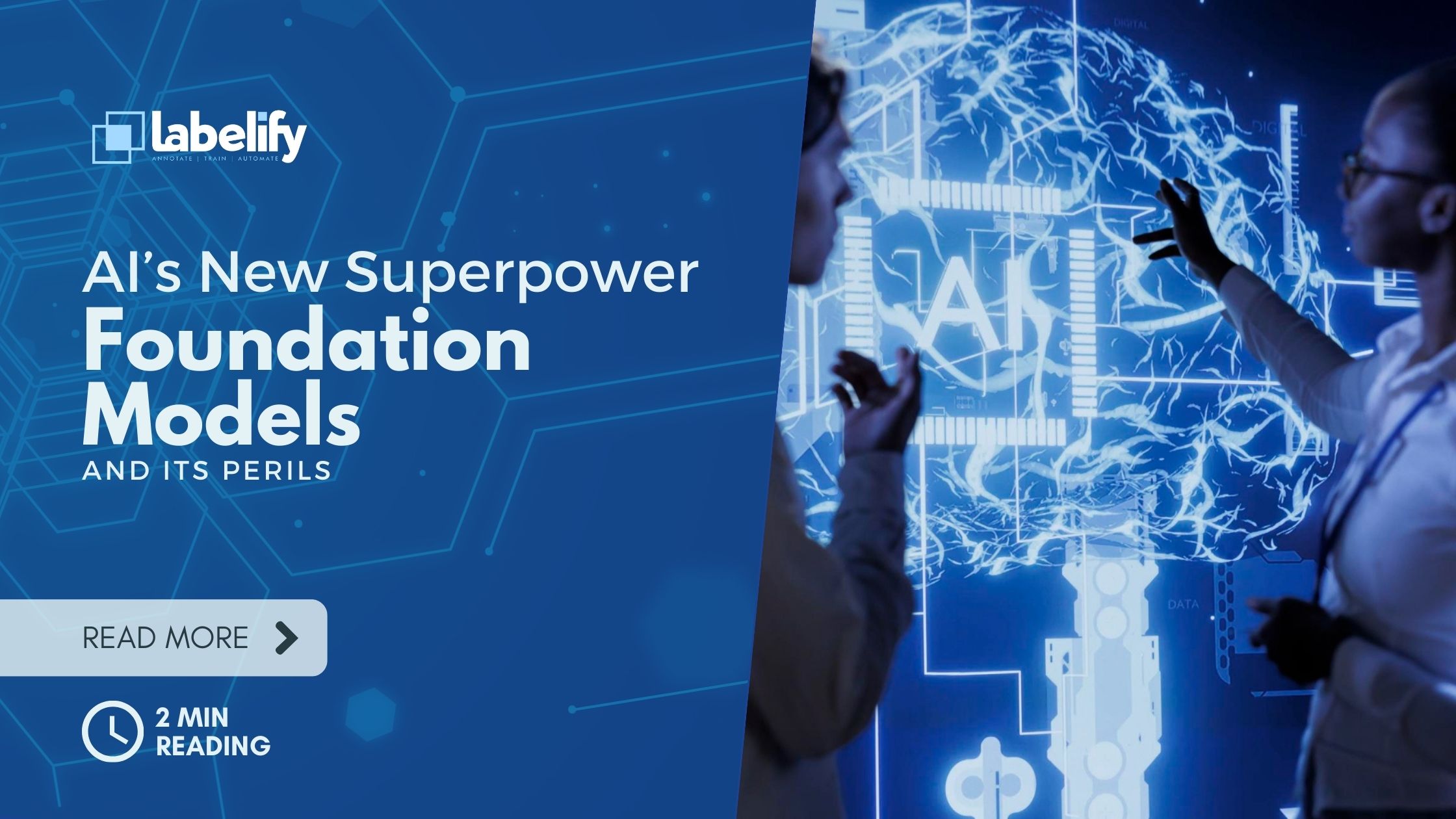
Welcome to our exploration of foundation models!
In this article, we’ll uncover the immense potential and impact of these AI models.
Trained on vast amounts of data, foundation models like BERT, GPT, and Megatron-Turing have revolutionized fields like natural language processing, computer vision, and speech processing.
They have transformed various industries by improving machine translation, aiding in medical diagnosis, and generating art.
Join us as we dive into the benefits, risks, and exciting applications of foundation models in the world of AI.
Key Takeaways
Foundation models have revolutionized the AI field by deeply understanding language, images, and other modalities. Models like BERT, GPT, Megatron-Turing, and DALL-E-2 have brought significant benefits to natural language processing, computer vision, speech processing, healthcare, research, and industry.
However, it is crucial to consider the risks associated with these models. Foundation models, with their immense potential, continue to drive innovation and shape the future of AI, opening up endless possibilities for transformative applications.
Benefits of Foundation Models
Foundation models bring numerous benefits across different domains and industries. These models have a profound social impact, transforming how we interact with technology and unlocking new possibilities for liberation.
By understanding and generating human language, foundation models improve communication, facilitate knowledge sharing, and bridge language barriers. They revolutionize computer vision, enabling accurate object detection and enhancing applications in fields like autonomous vehicles and augmented reality.
In healthcare, these models assist in medical diagnosis, drug discovery, and personalized treatment recommendations, ultimately improving patient outcomes.
However, as we embrace the power of foundation models, we must prioritize ethical considerations. Fairness, transparency, and accountability should guide their development and deployment to avoid perpetuating biases and inequalities.
Risks Associated With Foundation Models
When we explore the risks associated with foundation models, it’s crucial to consider the potential ethical implications and unintended consequences that may arise from their widespread use. These models possess immense power and capabilities, which come with the responsibility to address the ethical concerns and security vulnerabilities they bring.
Here are two key areas of concern:
- Ethical concerns:
- Bias and fairness: Foundation models can perpetuate and amplify biases present in the training data, leading to unfair outcomes and discrimination.
- Privacy and consent: The use of foundation models raises questions about data privacy, consent, and the potential misuse of personal information.
- Security vulnerabilities:
- Adversarial attacks: Foundation models can be vulnerable to adversarial attacks, where malicious actors exploit weaknesses to manipulate or deceive the model’s output.
- Data breaches: Large-scale foundation models require massive amounts of data, making them attractive targets for cybercriminals seeking unauthorized access to sensitive information.
Addressing these risks necessitates transparency, accountability, and ongoing research to mitigate potential harm and ensure the responsible development and deployment of foundation models.
Application in Natural Language Processing
Now, let’s explore how foundation models enhance language understanding and generation in the field of Natural Language Processing (NLP). How do these models revolutionize NLP? By providing a deep understanding of human language and improving the accuracy and coherence of text generation. These models offer numerous benefits to language processing tasks like machine translation, sentiment analysis, and text classification. However, they also pose challenges. One challenge is the requirement of vast amounts of data for effective model training. Another challenge is the potential for biased or controversial outputs. Despite these challenges, language models in NLP bring immense benefits, empowering researchers and industries to extract insights, accelerate developments, and create innovative solutions in various domains.
| Benefits of Language Models | Challenges in Natural Language Processing |
|---|---|
| Improve language understanding | Requirement of vast amounts of data for training |
| Enhance text generation | Potential for biased or controversial outputs |
| Empower researchers and industries | Difficulty in fine-tuning the models for specific tasks |
| Accelerate developments | Ethical considerations in handling sensitive data |
| Drive innovative solutions | Interpretability and explainability of model outputs |
Application in Computer Vision
Moving on to computer vision, foundation models play a crucial role in enhancing visual understanding and analysis. These models transform the way we perceive and interact with images and videos, empowering us with powerful capabilities.
Here are two key applications of foundation models in computer vision:
- Robotics Application:
- Foundation models enable robots to perceive and interpret their surroundings, enhancing their ability to navigate and interact with the environment.
- These models empower robots with object recognition, image segmentation, and scene understanding, facilitating tasks such as object manipulation, autonomous navigation, and human-robot interaction.
- Foundation Models in Social Media Analysis:
- Social media platforms generate massive amounts of visual content, including images and videos.
- Foundation models can analyze and extract valuable insights from this visual data, enabling tasks such as image recognition, content moderation, sentiment analysis, and trend detection.
Application in Speech Processing
With the progress in foundation models, we can now delve into the application of these models in speech processing.
Foundation models have enhanced speech recognition, leading to more precise and dependable conversion of speech to text. These models have the potential to revolutionize our interaction with technology, enabling effortless voice commands and improved accessibility.
Moreover, foundation models have facilitated enhancements in speech synthesis, resulting in more natural and human-like speech generation. This opens up possibilities for creating virtual assistants, voice assistants, and even personalized voice avatars.
Envision a world where communication is effortless and inclusive, where everyone’s voice can be heard and understood. Foundation models are paving the way for this liberating future in speech processing.
Foundation Models in Healthcare
As we explore the use of foundation models in healthcare, it’s clear that these models are revolutionizing the field by assisting in medical diagnosis, drug discovery, and personalized treatment recommendations. Here’s how foundation models are transforming healthcare:
- Foundation models in drug discovery:
- These models analyze large amounts of data to identify potential drug candidates, speeding up the drug development process.
- By predicting the effectiveness and safety of different compounds, foundation models help researchers prioritize and optimize drug candidates, saving time and resources.
- Foundation models in personalized medicine:
- These models use patient data, such as genetic information and medical records, to provide customized treatment recommendations.
- By considering individual variations and factors, foundation models enable healthcare professionals to deliver more precise and effective treatments, improving patient outcomes.
With the power of foundation models, the future of healthcare promises faster drug discovery and personalized medicine, empowering individuals to take charge of their health and well-being.
Foundation Models in Research and Industry
Let’s dive into the role of foundation models in research and industry.
Foundation models have become essential tools in the research community, enabling us to analyze vast amounts of text data and extract valuable insights from research papers. These models have accelerated developments in industries like manufacturing and biotechnology, where they facilitate the processing of complex data and aid in decision-making processes.
In research, foundation models are revolutionizing our understanding and generation of knowledge, pushing the boundaries of innovation and discovery.
Moreover, in manufacturing, foundation models are enhancing automation processes, optimizing production lines, and improving quality control measures.
The potential of foundation models in research and industry is immense, promising to unlock new frontiers of knowledge and efficiency.
Frequently Asked Questions
How Are Foundation Models Trained on Vast Amounts of Data?
Foundation models train on vast amounts of data through a process known as pre-training. During pre-training, the model is exposed to a large corpus of text or other modalities, enabling it to learn patterns and relationships. This approach utilizes transfer learning, where the model applies its understanding from one task to excel in another.
What Is the Difference Between BERT and GPT Foundation Models?
When comparing BERT and GPT foundation models, there are clear differences to consider.
BERT, a Bidirectional Encoder Representations from Transformers, focuses on understanding language bidirectionally, allowing it to capture context from both past and future words.
On the contrary, GPT, or Generative Pre-trained Transformer, excels at generating text by predicting the next word in a sequence.
These distinctions make BERT more suitable for tasks like classifying sentences and answering questions, while GPT is better for generating and completing text.
How Do Foundation Models Improve Machine Translation Systems?
Foundation models enhance machine translation systems by improving language understanding and increasing accuracy. These models, like BERT and GPT, possess a profound comprehension of language and effectively capture contextual relationships. They can analyze and grasp text in diverse languages, enabling more precise translations.
Through training on extensive data, foundation models acquire knowledge of language patterns and subtleties, enabling them to generate top-quality translations and bridge language barriers.
What Are Some Specific Applications of Foundation Models in Computer Vision?
Foundation models have revolutionized computer vision by enhancing accuracy and efficiency in image recognition and object detection. Models like YOLO and Faster R-CNN have transformed areas such as autonomous vehicles, surveillance systems, and augmented reality.
These transformative technologies unlock new possibilities and free us from the constraints of traditional computer vision techniques. The future of computer vision looks promising, thanks to these powerful models.
How Do Foundation Models Aid in Medical Diagnosis and Drug Discovery?
Foundation models aid in medical diagnosis and drug discovery by leveraging their deep understanding of language and images.
They analyze medical images with precision, helping doctors detect diseases and abnormalities.
In drug discovery, they analyze vast amounts of data to identify potential targets and predict the efficacy of new compounds.
By enabling personalized medicine, foundation models assist in recommending tailored treatment plans based on a patient’s genetic data and medical history.
They revolutionize healthcare, empowering doctors to make more accurate diagnoses and develop innovative therapies.
Conclusion
Foundation models have revolutionized the field of AI by deeply understanding language, images, and other modalities. Models like BERT, GPT, Megatron-Turing, and DALL-E-2 have brought significant benefits to natural language processing, computer vision, speech processing, healthcare, research, and industry.
However, it’s crucial to consider the risks associated with these models. Foundation models, with their immense potential, continue to drive innovation and shape the future of AI, opening up endless possibilities for transformative applications.




